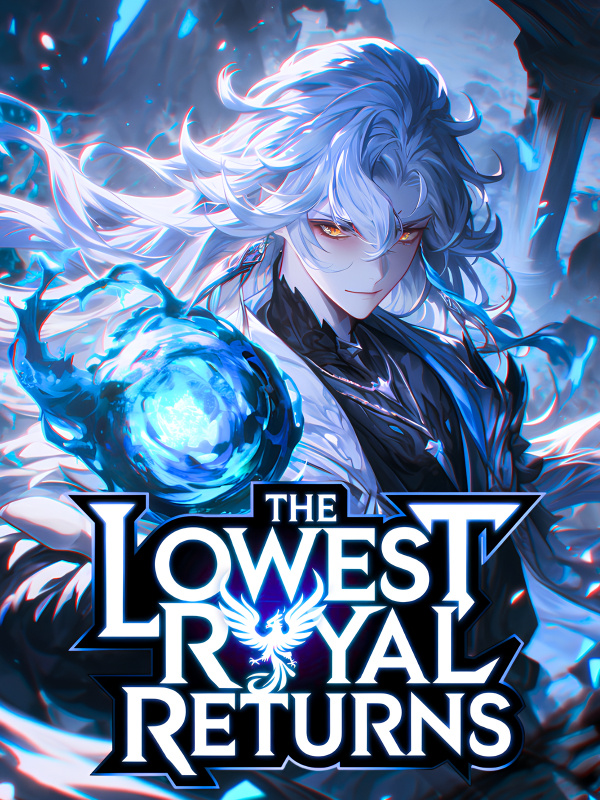©WebNovelPub
MTL - Aztec Eternals-Chapter 5 empire
Maybe it was because he was taking prisoners, maybe he met a creditor, or maybe he heard some news from the military nobles of the city-state. Early the next morning, the roar of Orosh urged everyone to get up and walk along the smooth river. Go south on the dirt road.
Since entering the Mexican plateau, the road south has been comfortable and safe. The end of the dry season in Mexico is still cool and dry, the sky is clear, there is no annoying rain of the lowland jungle, and the roads are smooth enough. The villages along the way are thriving with fruit trees, and cacti and yucca are endemic crops of the highlands. On both sides of the river are countless high-yield floating fields called Chinampa, and there are canoes on the river, and there are endless business and travel exchanges.
This is the actual control area of the Aztec city-state alliance, the core of the empire composed of more than a dozen Mexica city-states, including the essence of the Mexican Valley. After entering here, Olosh's mood is obviously much better, and when he has time, he will tell the story of the "Great City-State Alliance" with Shulot.
According to Scholot's understanding, Lake Texcoco is the "heart of the alliance" and quickly communicates with the city-states along the lake. The most central part of the empire is the Holy Three Cities, Tenochtitlan is in the Texcoco Lake, Texcoco is on the east side of the lake, and Tracopan is on the west side of the lake, the leaders of the three city-states are the alliance at the same time The co-governing monarch, according to the words of Shilot's hometown, is the chief, second and third chiefs. As for whose status is higher, of course, it depends on the strength of the army that the three cities can mobilize. In order to facilitate memory, Xiulote added a label to the three cities in his mind: Luoyang, Chang'an, and Xuchang.
A circle outside the three cities, the dozen or twenty Mexica city-states within a two-week distance from Tenochtitlan are the core of the empire and can actually be controlled. According to Olosh's description, the northeast is roughly bounded by the city of Metztitlan that has just passed through, and further northeast are the "loyal subordinate" Vastec people who have surrendered for more than ten years, with an average population. From there, the Empire collected vast quantities of grain, leather and feathers each year. Xiulote drew a circle in his heart and wrote down the words "Yan Kingdom (Country of Thousands of Vehicles) (Tribute.
To the north-west are the "hyenas and hyenas" Otomi people who are constantly being conquered. The north is scattered, but they are often able to establish new city-states in the frontier. They have a large population, and their frontal force is not too strong, but they are tenacious and forbearance. Shurot drew another circle in the northwest, and wrote down the "Hun (thousands of thousands of people. The country of the ride) (hostile.
The southwest is bounded by the city of Raziko, and further west is the tough rival "Hard Stone" Tarasco, who have "unbelievably hard" bronze weapons, and are also the only known copper mine in the world. The only time the Empire suffered a disastrous defeat was in the war with Tarrasco two years ago, in a series of **** and fierce battles, in which at least three legions of 8,000 men were killed. Tenochtitlan once issued a city-state mobilization order, each household was one small, forming a large army of 100,000 people. The Tarasco city-state alliance was also shocked by the terrifying war potential of the empire, and withdrew from the empire's territory, turned its head north, and went to clean up the small city-state of the Tsk people. A tacit and stable peace has been maintained between the two countries. Shulot drew a big circle in the West and wrote down "Chu (the country of ten thousand vehicles) (neutral.
To the south are the Jontars who are "like weeds in the wind". They are distributed on both sides of the Balsas River. They are sparsely populated and have surrendered to the empire for many years. Some small towns of Mexican immigrants have begun to rise in this area. The label of Shulot is "Rongdi (Country of Hundreds of Vehicles) (vassal. Further south, until the Pacific coast is the "weak" southern city-states, from west to east, the Trapanics, the Miztecs, the Zapotecs, these city-states are closely related to each other by blood, in " The great Montezuma I” was forced to submit tribute to the empire under the conquest, but they allied with each other to fight against the pressure of the empire.
Beyond the mountains in the eastern part of the Mexican Valley, and further east, are the empire's "enemy of life and death", the Tlaxcalans who have been at war for decades. Both the Tlaxcala and the Aztecs are descendants of the Chichimek-Nava people, with similar languages, similar cultures, and mixed blood. Similar to the Aztec Confederation, the Tlaxcalans also formed an alliance of city-states with the four cities of Tizatlan, Okotlolco, Tepetik Park and Chiavistrán at their core.
Tlaxcala has a similar military system and can mobilize an army of more than 100,000 people. It is the most dangerous enemy of the empire. In fact, in the end, it was the Tlaxcalans who introduced the Spaniards to land in Mexico, providing the Spaniards with a foothold, detailed information, sufficient food, and even 100,000 servant cannon fodder, and finally destroyed the city of Tenoch in the lake. Titlan, who also perished the Aztec civilization and himself in the disease. In fact, it was the Tlaxcalans who stained the throne of the Governor of New Spain with their own blood and the blood of their Central American tribes. Thinking of the future in history, Xiulote felt heart palpitations, drew a circle in the east, wrote down "Zhao Country (Country of Ten Thousand Cheng) (War, and after thinking about it, he wrote down the three words "most dangerous".
To the east, connected to the Tlaxcala Union, is Cholula, a religious city-state of "high status". Cholula is the center of Nahuatl religion, a city of temples, beautiful and rich. There were not many warriors, but they had a special status among the city-states. Hearing this, Shulot posted a label of "Eastern Zhou (Country of Hundred Vehicles) (Neutral.
Further east from Tlaxcala and Cholula to the Gulf Coast is another Mexica relative, the "most Maya-like" Nahua. UU reading www.uukanshu.com The Nahua and the Mexica expel the Otomi people, and then settled on the coast, almost exclusively enjoying trade with the Mayans, and then re-exporting them inland. Their small boat is said to have been to "the great island of the great distant lake". Geographical environment has influenced the direction of politics. Decades of coastal trade have enriched the Nahua city-states, and they have lost the characteristics of relatives who are militant and belligerent. They sold strategic goods such as salt, feathers, and leather to the Tlaxcalans in exchange for peace, detached from the disputes of Central America. Xiuluot happens to have a suitable label "Qi Kingdom (Country of Wancheng) (Neutral.
As for the more distant Mayan city-states, they are somewhat remote and elusive. Olos had only vaguely heard the names of important city-states such as "Mayapan", "Chichen Itza", and "Chaktemar", or heard it from the mouth of a Mayan profiteer who he didn't want to think of. The temperament of the Mayan city-state was much more peaceful than that of the Mexican ministries, and the scale of war and sacrifice was smaller. Shilot found a label "Baiyue (Unknown.
A few days passed by in small talk. After listening to the stories all the way, and memorizing the next circle of labels, Shiloh almost emptied the ink in Olosh's stomach, and then slowly digested it contentedly. And a pleasant trip is always short, and there is only one day left to return to the home of this life, the ancient city of Teotihuacan in the Mexico River Valley.
This trip is real and vivid. To Shirault, this world is finally no longer a completely unknown strangeness and fog, nor will it be a cold number and result. There are some real emotions in his memories, a touch of softness, some persistence, a little curiosity, and a kind of pursuit and desire.
"Maybe there is still a sense of optimism." He thought, drew a circle in the center of the Mexican River Valley, and wrote down the last label, "Da Qin (the country of ten thousand rides) (self.






